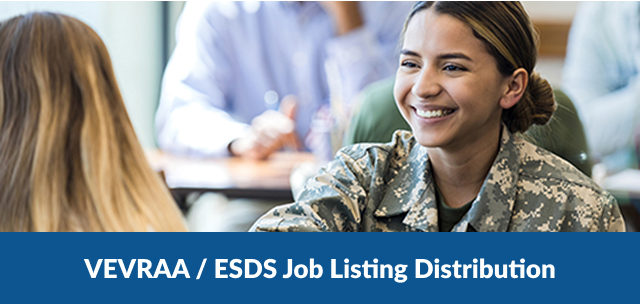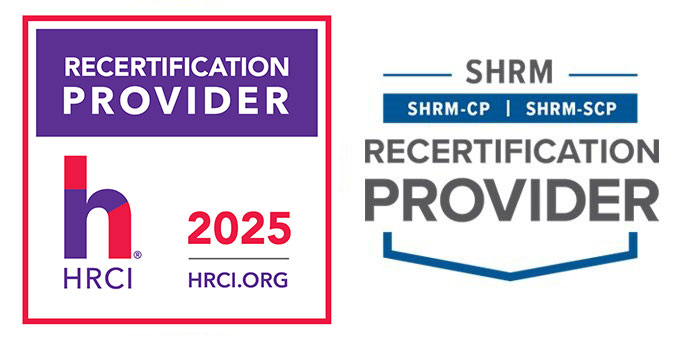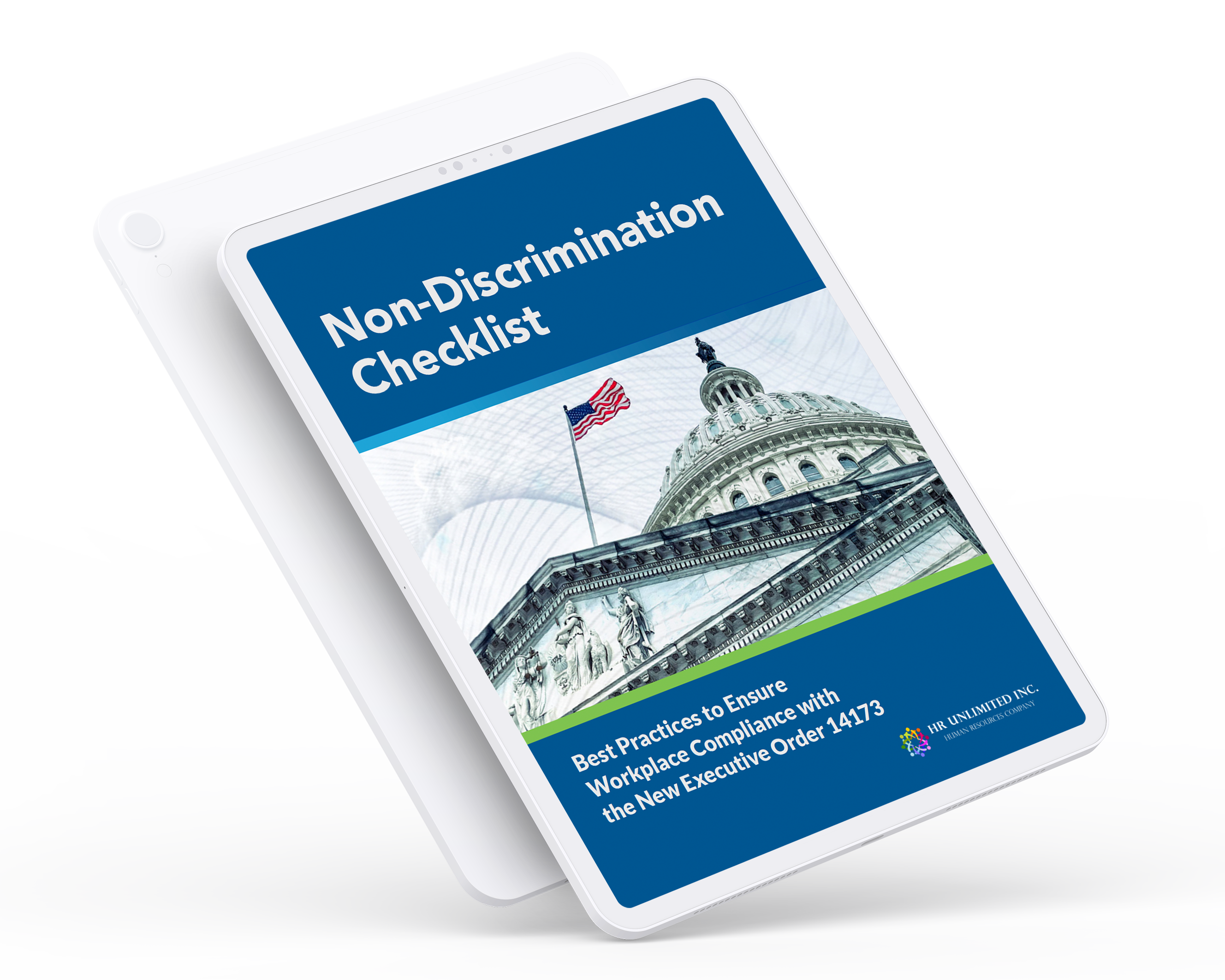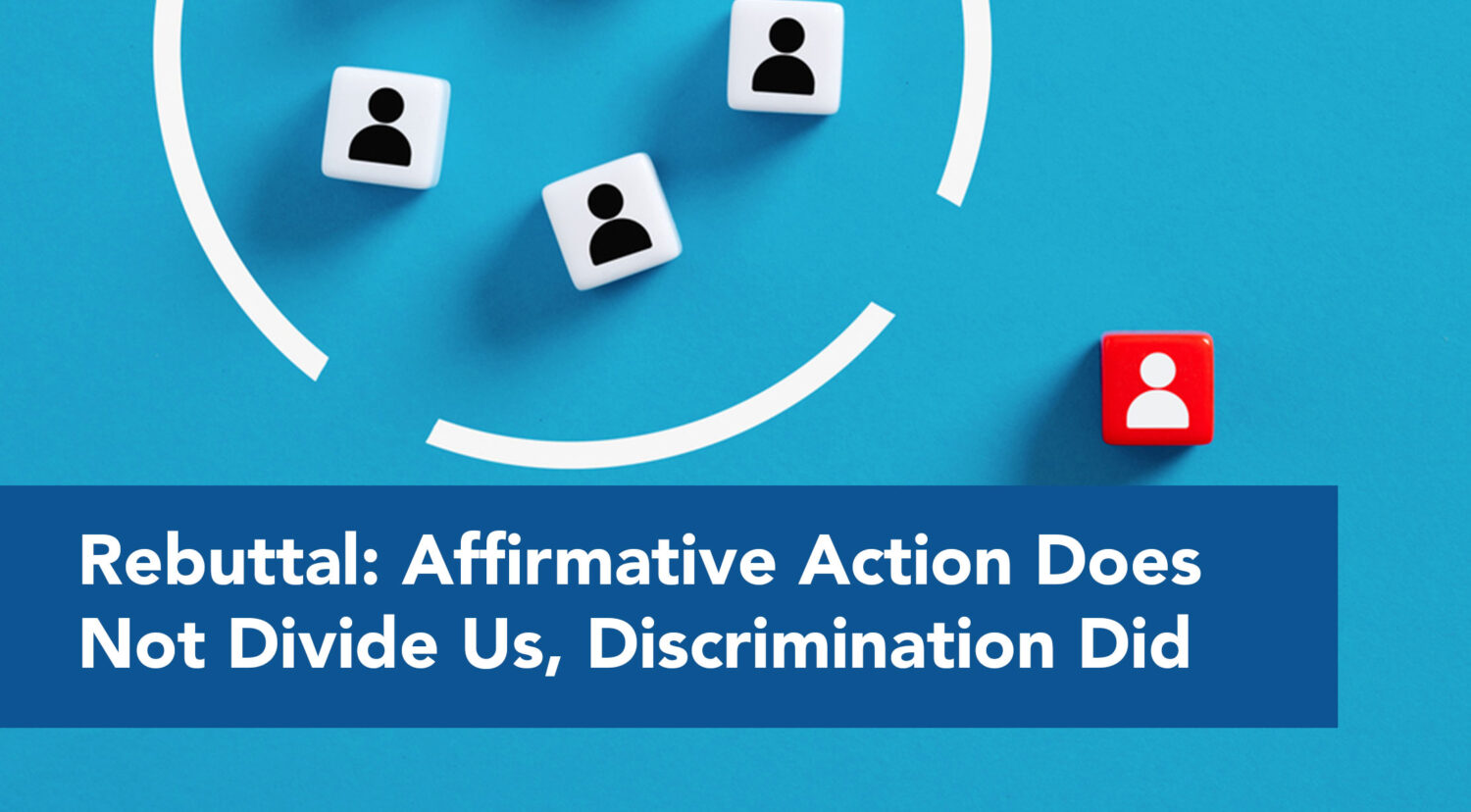Lately, there has been a lot of buzz surrounding new OFCCP regulations regarding the hiring of Individuals with Disabilities (IWD’s). We have been hearing a lot about percentages, benchmarks and aspirational goals. Questions abound as to who is “disabled” within the meaning of a given statute or regulation. Many of us have all but lost sight of the individuals behind these numbers and definitions—individuals who greatly contribute to the workplace and have much to teach the rest of us.
How is this for a timely example? Up until this week, football fans may or may not have been aware that Derek Coleman, Jr., fullback for the Seattle Seahawks, if he were applying for employment with a federal contractor, would be considered an IWD. Mr. Coleman is hearing impaired. He has worn hearing aids since he was a small child and learned to read lips. Clearly he did not let his hearing impairment stop him from doing what he wanted. While he may not let his “disability” define him, clearly there are some ways in which it may have helped shape him. How so? Mr. Coleman learned to persevere in the face of challenges. He also learned that there is more than one way to attain a goal. His team mates may have normal hearing, and be able to step onto the football field without the need to make any particular adjustments. He may not be like his team mates, but he learned to adapt by using hearing aids, by reading lips—and he is a valued member of the team that won the Superbowl.
We can also look to others in this scenario as role models: UCLA, where Mr. Coleman attended college and on whose football team he played; the Minnesota Vikings and, the Seattle Seahawks. Why are they role models? Each of them saw past Derek Coleman’s “disability” and saw what he had to offer. In some respects, Derek Coleman is not unlike any other IWD that we see in the workplace. Each of them likely had to figure out an alternative means for meeting certain goals. The “disability” in effect becomes an asset as one becomes compelled to engage in problem solving, as one learns to endure and not back down in the face of a challenge. Would any of us not want an employee with such character traits?
As we start 2014 and compliance date for the new rules regarding hiring of veterans and IWD’s approaches, let us not forget that all these regulations and analyses and benchmarks are meant to ensure that federal contractors strive to include the Derek Coleman’s of the world in their workforce.





